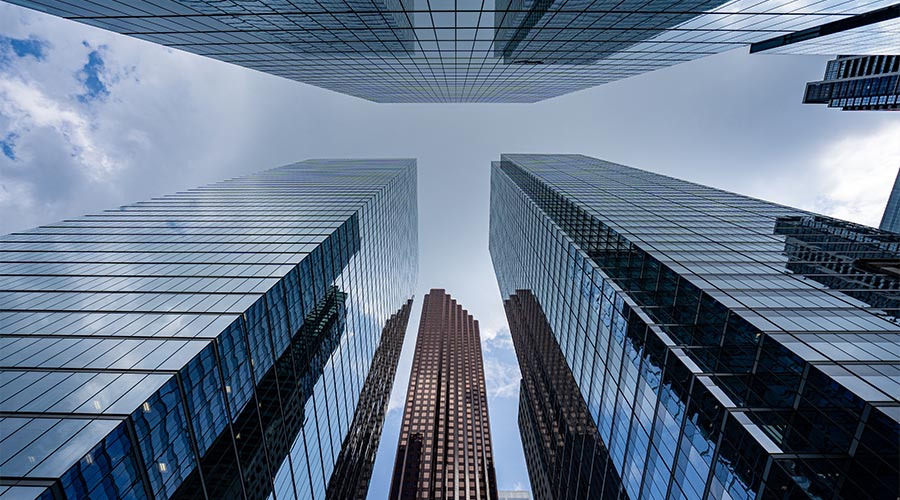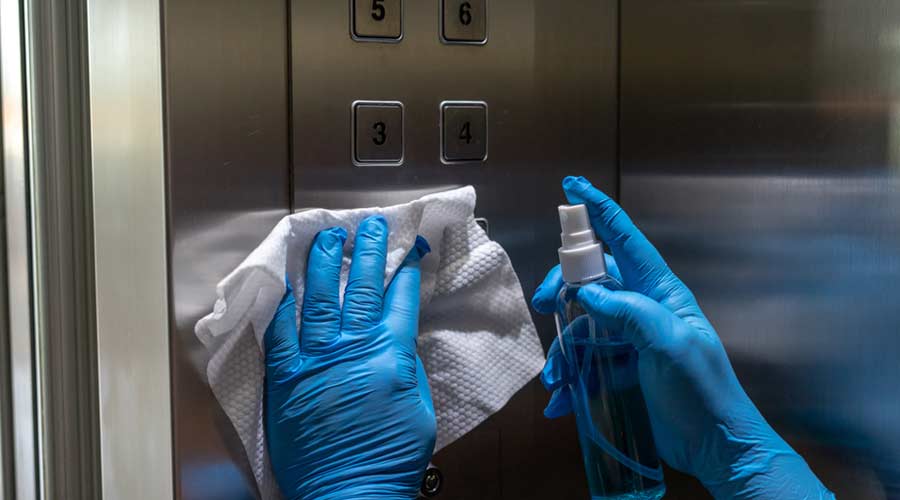
Drones aren't exactly new on the scene in the cleaning community - the technology emerged post-pandemic and has steadily seen visibility grow. The appeal is simple; drones can tackle the dangerous, risky situations that humans might typically balk at. This approach offers significant benefits in terms of safety, efficiency, and particularly when it comes to cost-effectiveness. There are a constantly increasing number of registered drones and certified pilots, who are required to register with the Federal Aviation Administration (FAA), so finding operators may be getting easier.
These worker-safety benefits not only protect employees, but also helps reduces the company's liability and insurance costs associated with high-risk operations, like skyscrapers.
The actual operation of the cleaning drones blends advanced technology with very careful planning. Tools like Google Earth and data from surveillance drones help the business create a detailed site plan. The cleaning drones themselves often come with an array of sensors and cameras to monitor the actual cleaning and watch for possible damage. The drones themselves must weigh less than 55 pounds in order to receive clearance from the FAA, so designing a drone that can stay under weight while carrying a load of water and cleaning chemicals is part of the challenge.
That said, these drones can cover fairly large surface areas, possibly up to 5,000 to 7,000 square feet/hour, and each operator must have their Remote Pilot Certificate; which involves passing an aeronautical test with the FAA.
It's no surprise that as drone technology advances rapidly, so will their practical usage in various cleaning operations.

 The Down and Dirty on Cleaning in Virus Season
The Down and Dirty on Cleaning in Virus Season How Surfactant Use is Expanding in Commercial Cleaning
How Surfactant Use is Expanding in Commercial Cleaning